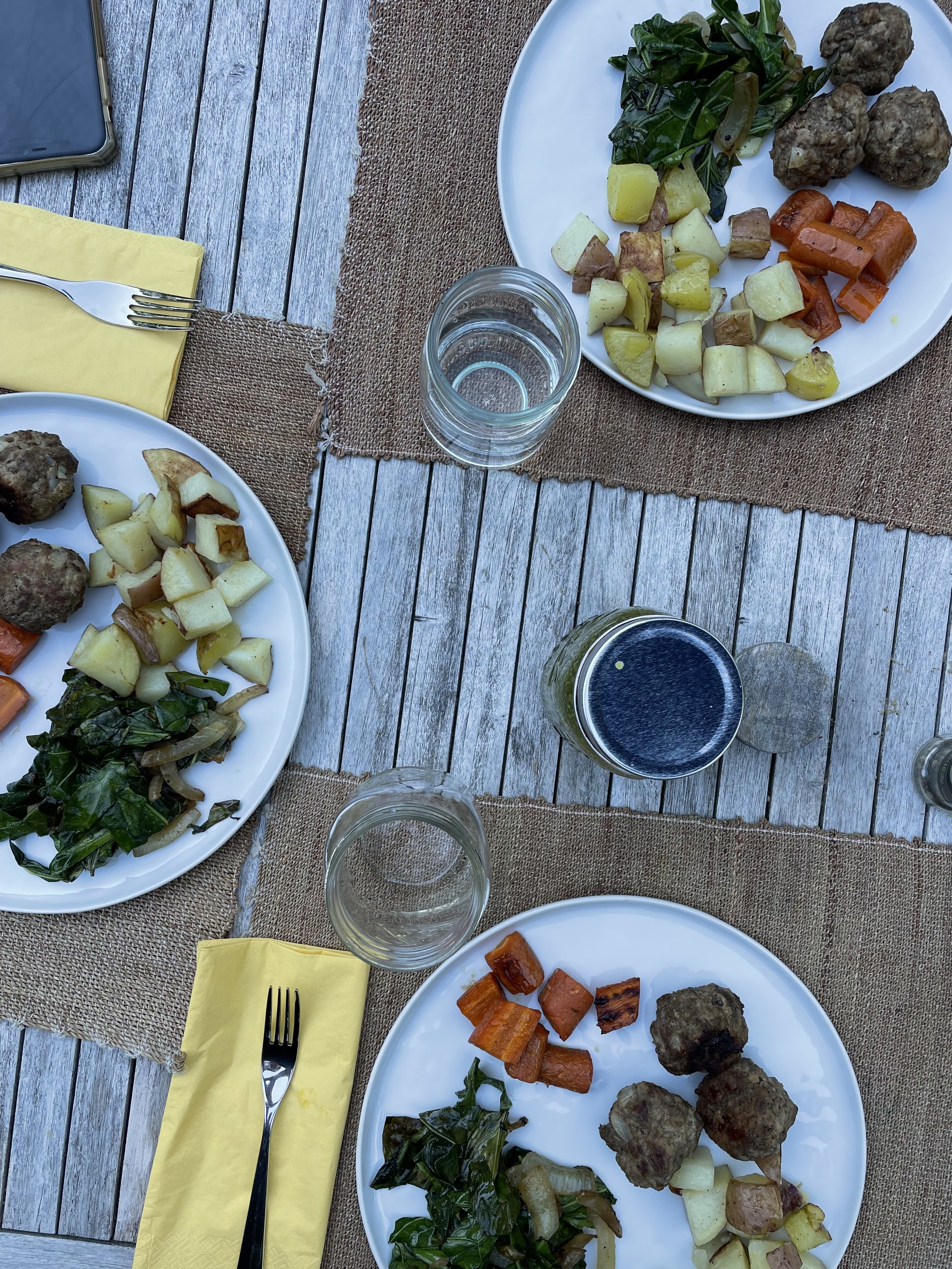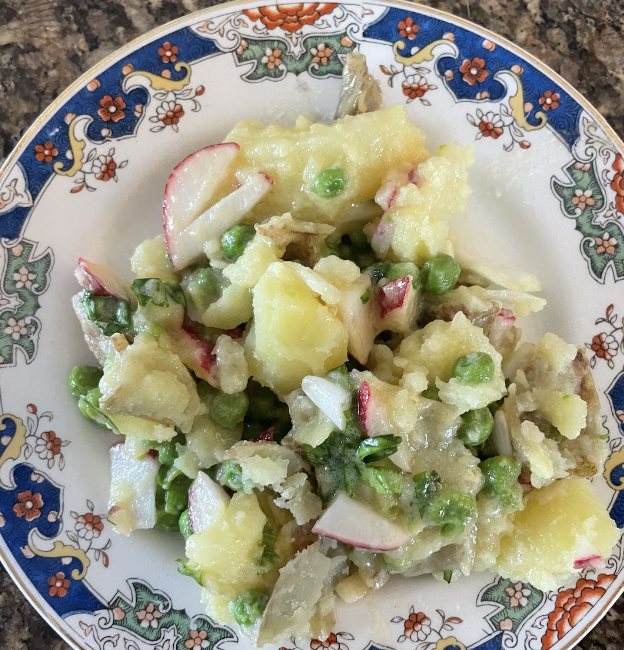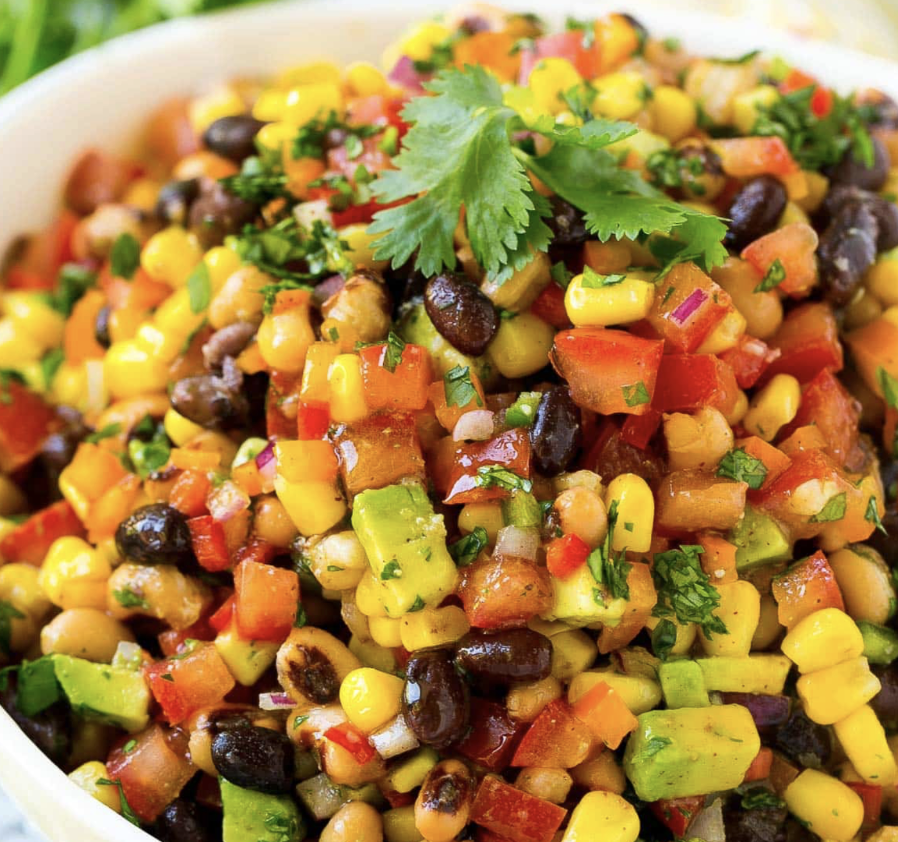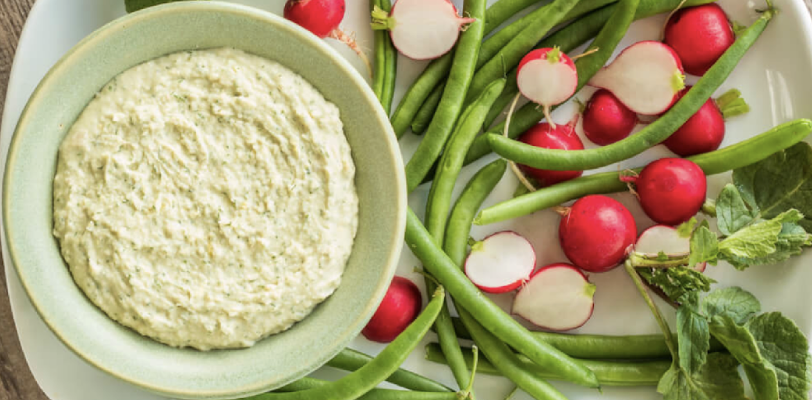This Food Will Optimize Your Gut Health
What’s my #1 sneaky food that will optimize your gut health?!
Hint hint: It’s not probiotic foods!
In the world of gut health, a common buzz word we always hear = probiotics.
Probiotics are live microorganisms – the good bacteria – that are found in yogurt, kefir, fermented foods, or probiotic supplements. Now, don't get me wrong, probiotics are great! They can help introduce beneficial bacteria into the gut, which is super important for maintaining a healthy balance of gut flora. But probiotic-rich food isn't actually the most important thing when it comes to increasing the good gut guys... the #1 thing that will optimize your gut health is PREBIOTICS.
What are prebiotics?
Prebiotics are found in fiber foods. They are the 'food' that your good gut bacteria (probiotics) need to flourish and stay alive. Prebiotics promote the making of probiotics.
Why are prebiotics so important for rebuilding gut bacteria, moreso than probiotics?
Probiotics are like the guests at a party – they come in, have a good time, and then leave. Sure, they might make a positive impact while they're around, but once they're gone, their effects can fade away pretty quickly.
This is where prebiotics come in- these indigestible fibers keep the party going long after the probiotics have left. Prebiotics serve as food for the beneficial bacteria already living in your gut. By feeding these resident microbes, prebiotics help them flourish and multiply, creating a thriving community of good bacteria that can have lasting benefits for optimal gut health.
Some benefits of prebiotics are:
Better poops
Increased butyrate (Butyrate is a short chain fatty acid that supports a healthy gut barrier. It helps with strengthening tight junctions between cells, prevents leaky gut & reduces inflammation) Think of it as the GOAT for optimal gut health and longevity.
Prevents constipation, promoting regular bowel movements by keeping water in the bowel
Promotes mineral absorption
Assist in digesting lactose (helpful for those who struggle with dairy!)
Think of it this way: probiotics are the guests, but prebiotics are the hosts that make sure the party keeps going strong. By providing a steady supply of nourishment for your gut bacteria, prebiotics play a crucial role in rebuilding and maintaining a healthy gut microbiome for the long run.
The good news? Prebiotics are super easy to consume on the reg. Focusing on getting nutrients through food first before relying on supplements is key for optimal absorption and gut health. Here are some prebiotic-rich foods:
Onion
Garlic
Asparagus
Leeks
Apple
Artichokes
When discussing prebiotics, resistant starch is also important to mention. Resistant Starch is a form of prebiotic fiber. All resistant starch is prebiotic, not all prebiotics are resistant starches.
Resistant starch positively supports probiotic growth. One study found that resistant starch intakes are high in populations at low risk of diet-related large bowel diseases. On the other hand, resistant starch intakes and butyrate levels are very low in high risk groups. What does this mean in plain english? Incorporate resistance starch for better gut health and disease prevention.
What are resistant-starch-rich foods?
Cooked and cooked potatoes & white rice. ( Pro tip- consuming white rice after it's cooked and cooled then reheated vs. freshly cooked white rice supports blood sugar balance, causing less of a glycemic response.
Greenish bananas
Plantains
Beans
Oats
Seeds
Ready for more prebiotics in you life? Check out some of my prebiotic-rich recipes below:
My summer herby potato salad uses cooked and cooled potatoes- (a great source of resistant prebiotic starch!), as well as garlic, onion and peas.
Baked plantain chips!
So simple to make- can be paired with guac, mexican bowls, cowboy caviar below, or on their own!
Ingredients:
green plantains
coconut
salt
Steps:
Preheat oven to 350ºF, line a baking sheet with parchment paper.
Peel the plantains then slice as thinly as possible with a mandolin or knife. Do your best to keep the thickness consistent. Slice on the diagonal for bigger chips. Gently toss the slices in coconut oil and a high quality salt. Arrange in an even layer on the baking sheet then bake for ~30 minutes, flipping at the halfway point. (Note: Chips are done when they start to brown around the edges.)
Remove from the oven and let cool on a baking rack lined with paper towel to soak up any excess oil. Enjoy!
Cowboy caviar - a great chip and dip appy!
Ingredients:
Salad:
1 can black beans rinsed and drained
1 can black eyed peas rinsed and drained
1 cup tomatoes seeded and finely diced
1 jalapeno seeded and finely diced
1 cup corn can be fresh, canned or thawed from frozen
1 avocado chopped
3/4 cup orange bell pepper seeded and finely diced
1/2 cup red onion finely diced
1/3 cup cilantro leaves chopped
Dressing:
1/3 cup olive oil
1/4 cup lime juice
1 tablespoon honey
1 teaspoon chili powder
1 teaspoon cumin
salt and pepper to taste
Steps:
Combine organic canned black beans, black eyed peas, corn (I like fresh/boiled when in season or you can use organic canned), tomato, avocado, bell pepper, red onion, jalapeno and cilantro in a large bowl. Whisk together olive oil, lime juice, honey, cumin, chili powder, salt and black pepper in a separate bowl for the dressing. Pour the dressing over the beans and veggies and toss gently to combine. Serve, and enjoy!
Lemon Dill White Bean Dip - I love this for the Spring!
Ingredients: 8 servings
2 cups cannellini beans (cooked)
¼ cup fresh dill (chopped, plus more for garnish)
3 tbsp extra virgin olive oil
¼ cup tahini
3 tbsp lemon juice
1 tsp sea salt
2 garlic cloves minced
2 cups green beans trimmed & 2 cups radishes (halved) or veg of your choice!
Steps:
In a food processor, combine beans, dill, oil, tahini, lemon juice, salt and garlic. Blend until creamy.
Serve with veggies, GF crackers, plantain chips, or use as a spread!






